With the development of Internet technology, distributed technology is becoming more and more mature, and its application scenarios are becoming more and more extensive. In distributed systems, task queues are common components that can process tasks asynchronously, reduce system pressure, and improve system performance. This article will introduce the practice of distributed task queue based on go-zero.
1. Introduction to go-zero
go-zero is a microservice framework that integrates a variety of components, including RPC framework, web framework, cache components, current limiting, circuit breaker, etc. Common components. Simple to use and powerful in performance, it is the best choice for developing microservice applications.
2. Introduction to task queue
Task queue is a common distributed system component, which is mainly used for asynchronous processing of tasks. Task queues can be used to cut peaks and fill valleys, reduce system load, and improve system performance. A task queue usually consists of two parts: a producer and a consumer. The producer is responsible for generating tasks and putting them into the task queue, while the consumer is responsible for retrieving tasks from the task queue and executing them.
3. Implementation of task queue in go-zero
The task queue in go-zero is implemented using the list structure of redis. In go-zero, you can easily create a task queue. The specific operations are as follows:
1. Create a task structure
The task structure contains information such as task type, business data, etc., as follows Design according to actual needs.
type Task struct {
Type int //任务类型
Data interface{} //业务数据}
2. Create a task queue
Use the redis list structure to implement the task queue, and use the redis lpush command Put the task into the queue and get the task from the queue through the rpop command. In go-zero, you can connect to the redis service through the goredis package and execute related commands.
func pushTask(task Task) {
data, _ := json.Marshal(task)
conn := redis.RedisClient().Get()
defer conn.Close()
conn.Do("lpush", "task_queue", data)}
func popTask() Task {
conn := redis.RedisClient().Get()
defer conn.Close()
taskStr, _ := redis.String(conn.Do("rpop", "task_queue"))
var task Task
json.Unmarshal([]byte(taskStr), &task)
return task}
In the actual project , the task queue can be expanded according to needs, such as increasing task timeout, task retry mechanism, etc.
4. Distributed processing tasks
In actual distributed systems, task queues are usually deployed on independent servers, and different service nodes are connected to the same task queue for task processing. In order to achieve load balancing and high availability, distributed deployment of task queues can be achieved by introducing middleware. Commonly used middlewares include kafka, rabbitmq, etc.
In go-zero, we can achieve seamless integration of task queues and middleware through library storage.
1. Create a task queue
To create a task queue in go-zero, you need to create a storage first, through which you can connect to different middleware.
// Create storage
c := &redis.CacheConf{
CacheConf: cache.CacheConf{
Mode: cache.CacheRedis,
Redis: redis.RedisConf{
Type: redis.NodeType,
Node: redisConfig.Redis.Node,
Name: redisConfig.Redis.Name,
Password: redisConfig.Redis.Password,
},
},}
// Create a task queue through storage
taskQueue := queue.New ("task_queue", c)
2. Create producers and consumers
Producers and consumers are connected through the task queue. The producer is responsible for sending tasks to the task queue, and the consumer Responsible for obtaining tasks from the task queue and executing them.
// Create a producer
producrer := taskQueue.Producer()
// Create a consumer group and subscribe to the task queue
consumer := taskQueue.NewConsumerGroup(
"task_group",
[]string{"task_queue"},
handleTask,
queue.WithConsumerGroupConcurrency(concurrency),)
3. Write the task processing function
The task processing function is used to implement specific task processing logic and can be customized according to actual project needs.
func handleTask(ctx context.Context, msgs []*primitive.Message) error {
for _, msg := range msgs {
fmt.Printf("Received message: %s", msg.Body)
// TODO: 处理具体业务逻辑 } return nil
}
Through the above steps, we can easily seamlessly integrate the task queue and middleware to achieve distributed task processing.
5. Summary
Through the above practices, we have learned about go- How to implement task queue in zero, and how to seamlessly integrate task queue with middleware to achieve distributed task processing. As a high-performance microservice framework, go-zero has rich components that can help developers quickly build High-performance distributed system. Let us experience the charm of go-zero together!
The above is the detailed content of Distributed task queue practice based on go-zero. For more information, please follow other related articles on the PHP Chinese website!
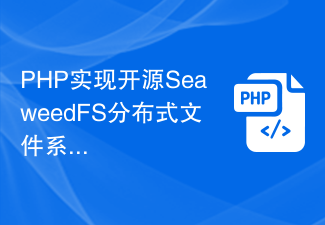 PHP实现开源SeaweedFS分布式文件系统Jun 18, 2023 pm 03:56 PM
PHP实现开源SeaweedFS分布式文件系统Jun 18, 2023 pm 03:56 PM在分布式系统的架构中,文件管理和存储是非常重要的一部分。然而,传统的文件系统在应对大规模的文件存储和管理时遇到了一些问题。为了解决这些问题,SeaweedFS分布式文件系统被开发出来。在本文中,我们将介绍如何使用PHP来实现开源SeaweedFS分布式文件系统。什么是SeaweedFS?SeaweedFS是一个开源的分布式文件系统,它用于解决大规模文件存储和
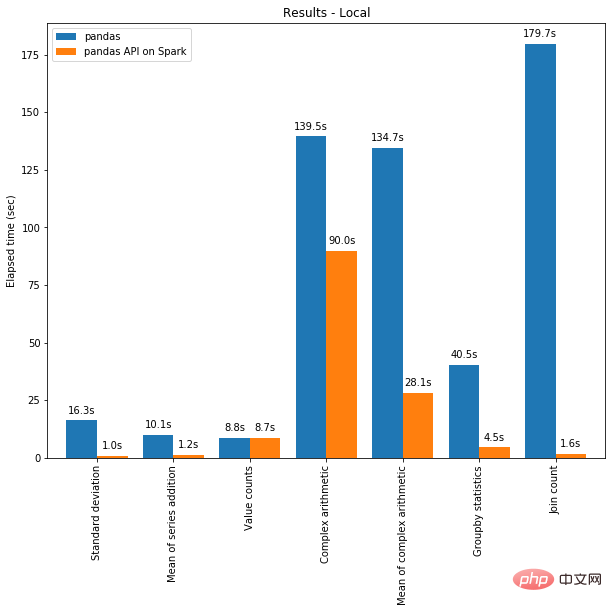 Pandas 与 PySpark 强强联手,功能与速度齐飞!May 01, 2023 pm 09:19 PM
Pandas 与 PySpark 强强联手,功能与速度齐飞!May 01, 2023 pm 09:19 PM使用Python做数据处理的数据科学家或数据从业者,对数据科学包pandas并不陌生,也不乏像云朵君一样的pandas重度使用者,项目开始写的第一行代码,大多是importpandasaspd。pandas做数据处理可以说是yyds!而他的缺点也是非常明显,pandas只能单机处理,它不能随数据量线性伸缩。例如,如果pandas试图读取的数据集大于一台机器的可用内存,则会因内存不足而失败。另外pandas在处理大型数据方面非常慢,虽然有像Dask或Vaex等其他库来优化提升数
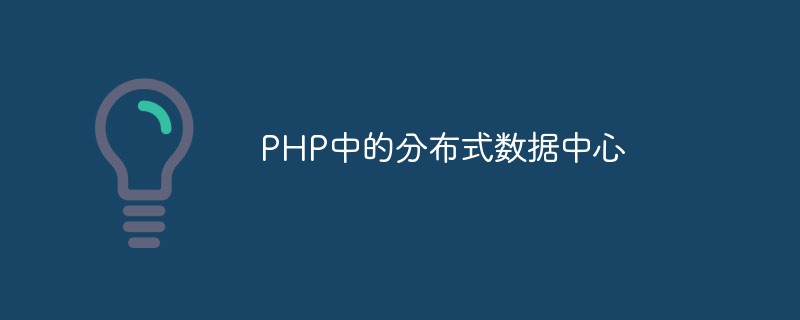 PHP中的分布式数据中心May 23, 2023 pm 11:40 PM
PHP中的分布式数据中心May 23, 2023 pm 11:40 PM随着互联网的快速发展,网站的访问量也在不断增长。为了满足这一需求,我们需要构建高可用性的系统。分布式数据中心就是这样一个系统,它将各个数据中心的负载分散到不同的服务器上,增加系统的稳定性和可扩展性。在PHP开发中,我们也可以通过一些技术实现分布式数据中心。分布式缓存分布式缓存是互联网分布式应用中最常用的技术之一。它将数据缓存在多个节点上,提高数据的访问速度和
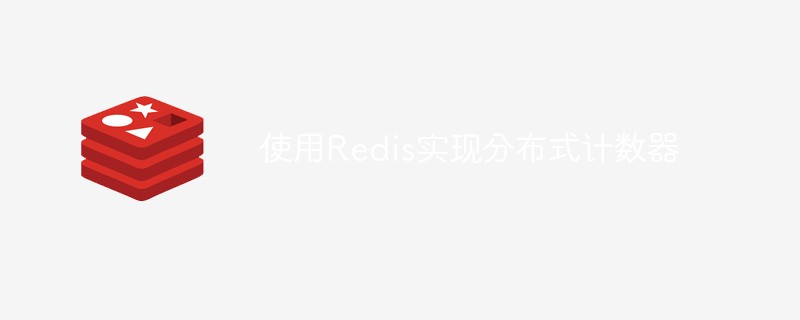 使用Redis实现分布式计数器May 11, 2023 am 08:06 AM
使用Redis实现分布式计数器May 11, 2023 am 08:06 AM什么是分布式计数器?在分布式系统中,多个节点之间需要对共同的状态进行更新和读取,而计数器是其中一种应用最广泛的状态之一。通俗地讲,计数器就是一个变量,每次被访问时其值就会加1或减1,用于跟踪某个系统进展的指标。而分布式计数器则指的是在分布式环境下对计数器进行操作和管理。为什么要使用Redis实现分布式计数器?随着分布式计算的普及,分布式系统中的许多细节问题也
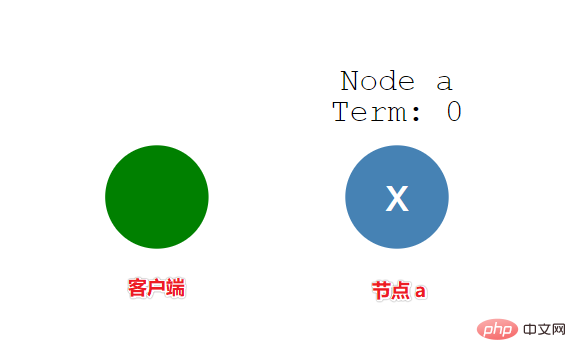 分布式系统必须知道的一个共识算法:RaftApr 07, 2023 pm 05:54 PM
分布式系统必须知道的一个共识算法:RaftApr 07, 2023 pm 05:54 PM一、Raft 概述Raft 算法是分布式系统开发首选的共识算法。比如现在流行 Etcd、Consul。如果掌握了这个算法,就可以较容易地处理绝大部分场景的容错和一致性需求。比如分布式配置系统、分布式 NoSQL 存储等等,轻松突破系统的单机限制。Raft 算法是通过一切以领导者为准的方式,实现一系列值的共识和各节点日志的一致。二、Raft 角色2.1 角色跟随者(Follower):普通群众,默默接收和来自领导者的消息,当领导者心跳信息超时的
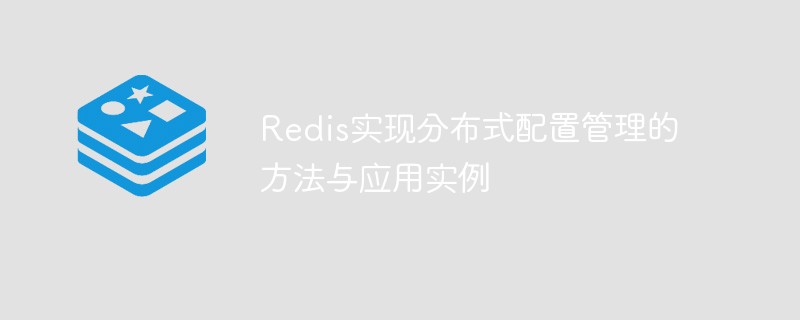 Redis实现分布式配置管理的方法与应用实例May 11, 2023 pm 04:22 PM
Redis实现分布式配置管理的方法与应用实例May 11, 2023 pm 04:22 PMRedis实现分布式配置管理的方法与应用实例随着业务的发展,配置管理对于一个系统而言变得越来越重要。一些通用的应用配置(如数据库连接信息,缓存配置等),以及一些需要动态控制的开关配置,都需要进行统一管理和更新。在传统架构中,通常是通过在每台服务器上通过单独的配置文件进行管理,但这种方式会导致配置文件的管理和同步变得十分复杂。因此,在分布式架构下,采用一个可靠
 Redis实现分布式对象存储的方法与应用实例May 10, 2023 pm 08:48 PM
Redis实现分布式对象存储的方法与应用实例May 10, 2023 pm 08:48 PMRedis实现分布式对象存储的方法与应用实例随着互联网的快速发展和数据量的快速增长,传统的单机存储已经无法满足业务的需求,因此分布式存储成为了当前业界的热门话题。Redis是一个高性能的键值对数据库,它不仅支持丰富的数据结构,而且支持分布式存储,因此具有极高的应用价值。本文将介绍Redis实现分布式对象存储的方法,并结合应用实例进行说明。一、Redis实现分
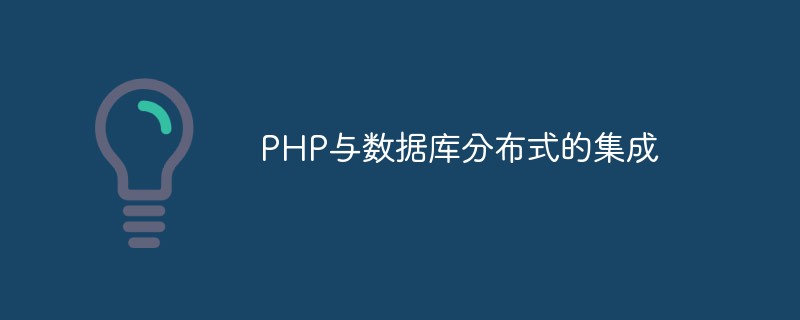 PHP与数据库分布式的集成May 15, 2023 pm 09:40 PM
PHP与数据库分布式的集成May 15, 2023 pm 09:40 PM随着互联网技术的发展,对于一个网络应用而言,对数据库的操作非常频繁。特别是对于动态网站,甚至有可能出现每秒数百次的数据库请求,当数据库处理能力不能满足需求时,我们可以考虑使用数据库分布式。而分布式数据库的实现离不开与编程语言的集成。PHP作为一门非常流行的编程语言,具有较好的适用性和灵活性,这篇文章将着重介绍PHP与数据库分布式集成的实践。分布式的概念分布式


Hot AI Tools

Undresser.AI Undress
AI-powered app for creating realistic nude photos

AI Clothes Remover
Online AI tool for removing clothes from photos.

Undress AI Tool
Undress images for free

Clothoff.io
AI clothes remover

AI Hentai Generator
Generate AI Hentai for free.

Hot Article

Hot Tools

VSCode Windows 64-bit Download
A free and powerful IDE editor launched by Microsoft

WebStorm Mac version
Useful JavaScript development tools

DVWA
Damn Vulnerable Web App (DVWA) is a PHP/MySQL web application that is very vulnerable. Its main goals are to be an aid for security professionals to test their skills and tools in a legal environment, to help web developers better understand the process of securing web applications, and to help teachers/students teach/learn in a classroom environment Web application security. The goal of DVWA is to practice some of the most common web vulnerabilities through a simple and straightforward interface, with varying degrees of difficulty. Please note that this software

SecLists
SecLists is the ultimate security tester's companion. It is a collection of various types of lists that are frequently used during security assessments, all in one place. SecLists helps make security testing more efficient and productive by conveniently providing all the lists a security tester might need. List types include usernames, passwords, URLs, fuzzing payloads, sensitive data patterns, web shells, and more. The tester can simply pull this repository onto a new test machine and he will have access to every type of list he needs.

Atom editor mac version download
The most popular open source editor





